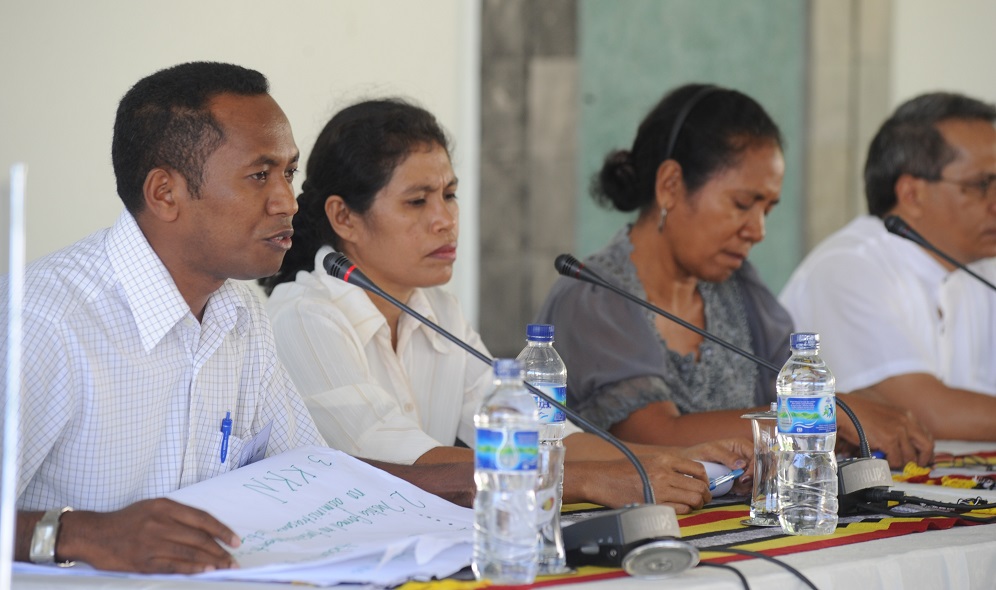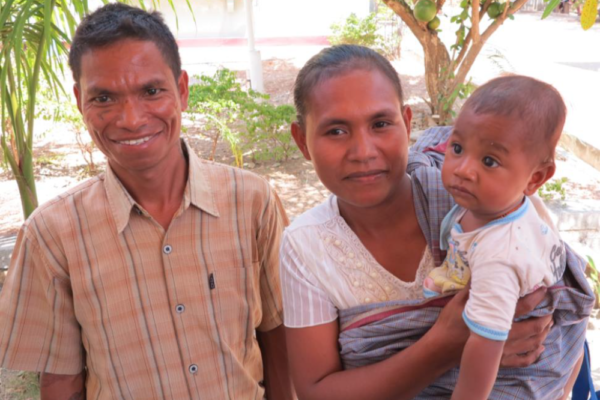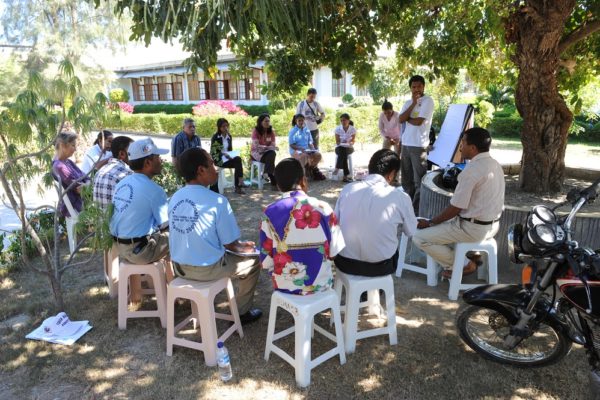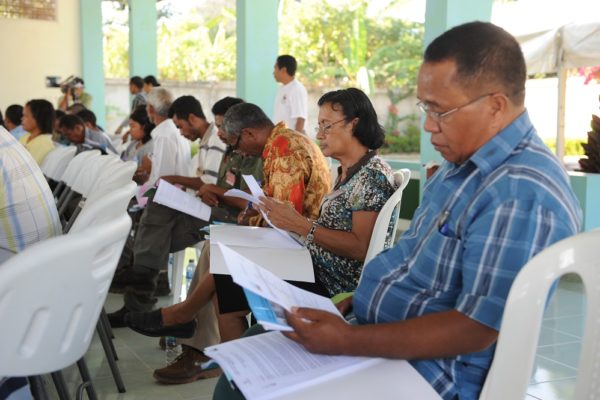Tackling root causes of conflict in Timor-Leste: CEPAD launches Strategic Review to address food security issues

Timor-Leste, one of the youngest democracies in the world, has faced numerous challenges in its journey to build sustainable peace. Recognized as an independent country fifteen years ago, in May 2002, it has faced serious political crises, violence, unemployment, and land disputes. Despite these problems, the Timorese have reached important achievements in the past five years: growth in their economy, a decrease in child mortality rates and peaceful elections. However, the Timorese are still faced with the consequences of decades of social turmoil and one of the biggest challenges that remain are food security issues. On May 30, 2017, the Centre d'études pour la paix et le développement (CEPAD) in partnership with Johns Hopkins University, successfully launched a report called, “Timor-Leste Strategic Review: Progress and Success in Achieving the Sustainable Development Goal 2”, which addresses the need to improve nutritional outcomes in the country.
Research has shown that there is a clear link between conflict and food security issues. Tackling the root causes of conflict in fragile countries therefore involves addressing these challenges. The United Nations Food and Agricultural Organization (FAO) has made food security a priority and Sustainable Development Goal 2 seeks to “end hunger, achieve food security and improved nutrition, and promote sustainable agriculture.”

A Couple in Oecusse, Timor-Leste. Photo credit: WFP Camila Urbina-Escobar
Timor-Leste is one of the countries with the highest rates of chronic undernutrition in the world. Children and women are the most at risk of malnutrition. In 2013, 38% of children were underweight, and more than half of the nation’s children under five years old are stunted in bodies and brains. In the same year, 24.8% of women between 15-49 years old were underweight and 40% were anemic. Between 2013 and 2015, 26.9% of the country’s population experienced hunger. Moreover, Timor-Leste’s agriculture system does not produce enough food to feed the population. Factors that are contributing to this problem are unsustainable methods, poor soil fertility, land ownership issues, and farmer’s low motivation due to low profits. Additionally, the Timorese are experiencing the effects of climate change including higher temperatures and longer dry seasons.
Through the support of former President Ramos-Horta and the Bishop of Dili, a Strategic Review was undertaken by our local partner in Timor-Leste, the Centre of Studies for Peace and Development (CEPAD) and Johns Hopkins University, to determine what needs to be done to achieve Sustainable Development Goal 2 (SDG2). The Strategic Review portrays the nutrition challenges in Timor-Leste and is a mechanism that can help the government set priorities in the actions and policies implemented in the country to achieve SDG2. Moreover, it can help stakeholders develop programs to end hunger and achieve food security.

Timor-Leste. Photo credit: Steve Tickner
The Strategic Review was developed through a participatory research process, which initiated with a compilation of the most recent information and data about Timor-Leste’s nutrition, agriculture and food systems. Afterwards, the research team conducted a nation-wide consultation process with members of the government, international organizations, nongovernmental organizations, civil society organizations, as well as led community consultations. The data gathered was then analyzed to write recommendations on how Timor-Leste can progress towards achieving goal SDG2. Recommendations include ensuring national social protection programmes, improving operations and nutrition of the nationally owned School Meals Programme, improving agricultural productivity by promoting agroforestry, improving spices and coffee production, investing in women farmers, etc.
Since 2007, Interpeace has been working with CEPAD, supporting peacebuilding processes in Timor-Leste, establishing initiatives to help break cycles of violence and help create a climate where the Timorese can identify and address priority issues in non-violent ways. We celebrate CEPAD’s work and are proud of the successful launch of the Strategic Review to achieve SDG2 in Timor-Leste.

Timor-Leste. Photo credit: Steve Tickner
To read the full report visit the following link:
Timor-Leste Strategic Review: Progress and Success in Achieving the Sustainable Development Goal 2
